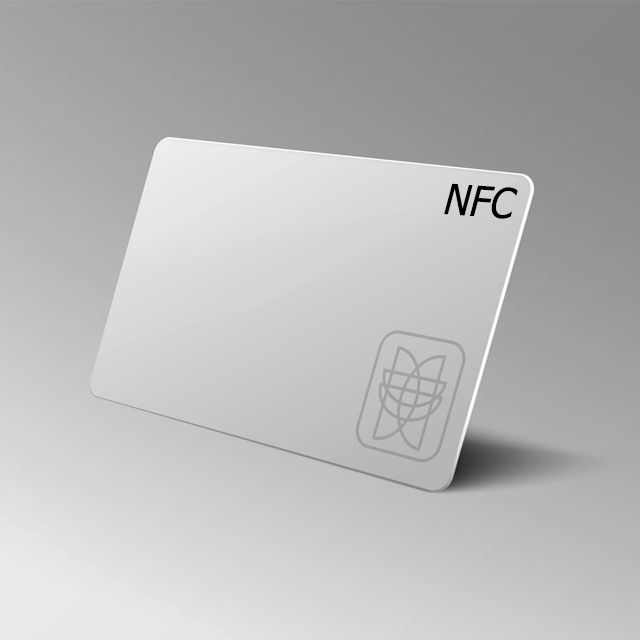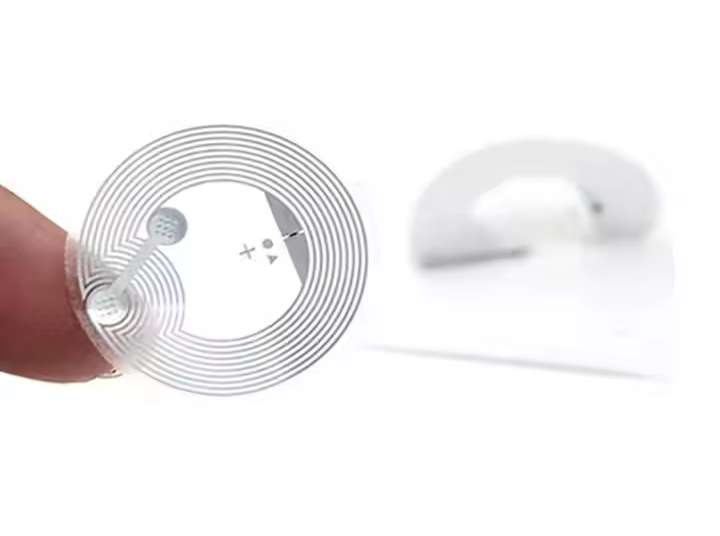
NFC Cards Speed Up NASTAR Ski Competitions!
NFC cards speed up NASTAR ski race entry with fast ID binding, waterproof design, and real-time score uploads—enhancing efficiency and player experience.
NFC technology has revolutionized how we interact with the world, and MIFARE S50 NFC Tags are at the forefront of this innovation. Because the NFC technology carried by these small tags is highly secure and versatile, we can see them in various fields and even in life – such as access control, transportation, and other occasions. But how to use and program them to better play the functions of MIFARE S50 NFC Tags? Next, please follow our steps and take you step by step to easily learn this practical little skill!
MIFARE S50 NFC Tags are part of the MIFARE Classic family, operating on the 13.56 MHz frequency and compliant with the ISO/IEC 14443 Type A standard. They feature 1KB of memory, divided into 16 sectors with 4 blocks each, and are secured by CRYPTO1 encryption. This makes them ideal for applications requiring high security and structured data storage.
MIFARE S50 NFC Tags: Buy them from experienced and quality manufacturers to ensure their quality for optimal performance.
NFC-Enabled Device: If you’re using a mobile phone, most Android smartphones work well; iPhones may require a third-party app due to iOS limitations. Dedicated NFC readers or scanners are straightforward to use.
Programming App: Use apps like NFC Tools or MIFARE Classic Tool for advanced features.
Enable NFC: Go to your phone’s settings (Settings > Connections > NFC) and turn on NFC.
Install a Programming App: Download and open an NFC app like NFC Tools or MIFARE Classic Tool.
Decide what you want the tag to do. Common options include:
Opening a website
Sharing Wi-Fi credentials
Storing contact information
Triggering specific phone actions (e.g., turning on Bluetooth)
In the app, select the type of data you want to write (e.g., URL, text, or Wi-Fi settings).
Place the MIFARE S50 tag near your device’s NFC antenna (usually on the back).
Follow the app’s instructions to write the data. For example:
In NFC Tools, tap Write, select Add a Record, and choose the data type.
Enter the required information (e.g., a URL or Wi-Fi password) and confirm.
Tap Write and wait for the app to confirm the data has been successfully written.
Put your phone close to the label and see if it can complete the desired operation. For example, if you set it to open a website, see if the phone automatically starts the browser and jumps to that webpage. If it is consistent with your expectations, it is successfully completed.
MIFARE S50 tags allow sector-level data management, making them perfect for complex applications. Here’s how to use this feature:
Download a Specialized App: Use MIFARE Classic Tool for sector-level access.
Authenticate: Enter the default keys (e.g., FFFFFFFFFFFF) to access the tag’s sectors.
Write to Specific Sectors: Store different types of data in separate sectors. For example:
Sector 1: Access control credentials
Sector 2: User profile information
Sector 3: Transaction history
Lock Sectors: Once data is written, you can lock sectors to prevent further edits. Note: Locked sectors cannot be unlocked!
Tag Not Detected: Ensure the tag is placed correctly near the NFC antenna. Damaged tags may also fail to respond.
Authentication Errors: Use apps that support CRYPTO1 encryption. Generic tools may not work with secured sectors.
Memory Issues: With 1KB of storage, prioritize essential data. Split large datasets across multiple sectors if needed.
Label Your Tags: If you’re using multiple tags, label them to avoid confusion.
Test Before Deployment: Always test tags in real-world conditions to ensure they work as intended.
Secure Sensitive Data: Use encryption and lock sectors to protect critical information.
Doesn’t it look easy? Congratulations on learning this handy yet powerful skill. Do you want to experience how MIFARE S50 NFC tags can provide unparalleled reliability and flexibility in other areas such as access control or managing data?
Contact us to get your MIFARE S50 tag free samples or exclusive custom NFC solutions, and explore the magical power of these little guys!
Have questions or need help? Drop a comment below—we’re here to help! 🔐📱
Newest trends and common knowledge in RFID laundry tags.

NFC cards speed up NASTAR ski race entry with fast ID binding, waterproof design, and real-time score uploads—enhancing efficiency and player experience.

NTAG213, NTAG215, and NTAG216 cards are NFC cards with varying memory sizes and scan endurance, ideal for different applications in contactless technology.

Top 5 NFC Inlay manufacturer in China—15+ years expertise, ISO-certified, custom solutions. Boost your brand with trusted tech!

As one of the top RFID Tag manufacturers in China, we specialize in high-quality RFID Tag and other RFID products designed to meet the diverse needs of various industries.
@ 2024 RFID Laundry Tag. All right reserved.
Didn’t find what you want? Ask our manager for help!